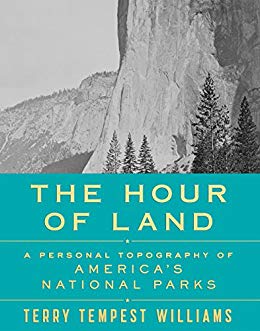🌲 In this issue of The Statesider US travel newsletter 🌲
National Park travel stories, parks that aren’t quite so national, Airstream fever, the fight over accessibility, the imprecise art of lake counting, a park for ghost ships, and Yosemite’s historic names restored.
What’s More Important: Preservation or Access?
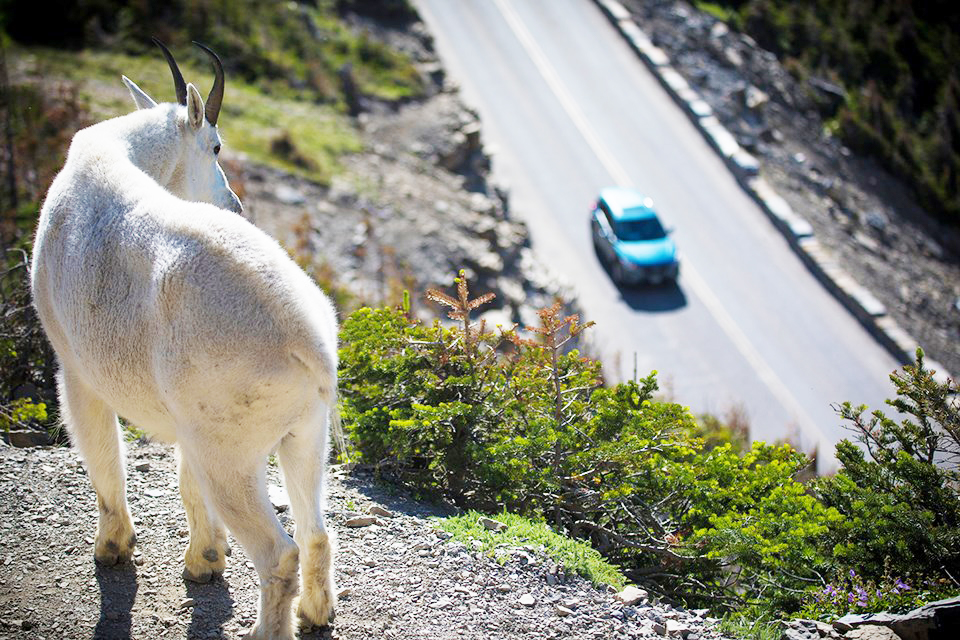
In the late 1950s, realizing the damage that visitors were causing to fragile landscapes, the National Park Service put together a plan to improve infrastructure and modernize the park facilities. The plan sparked an old debate: What is the right balance between preservation and access?
For The Atlantic, Mara Wilson digs into the archives and finds the debate of yesterday is still alive today. The difference this time is we don’t have a plan. 🌲 Read the story 🌲
Stories From America’s Parks
State Parks: National Parks are great, but have you checked out those state parks? They’re everywhere, and they’re spectacular. Peter Kujawinski, New York Times
Indiana: Earlier this year, one bill designated the new Indiana Dunes National Park and, at the same time, allocated funding for a section of wall along the US-Mexico border. These two distant places have more in common that you might think. Ava Tomasula y Garcia, Belt Magazine
America the Beautiful: Visiting national parks could change your thinking about patriotism. Jennifer Ladino, The Conversation
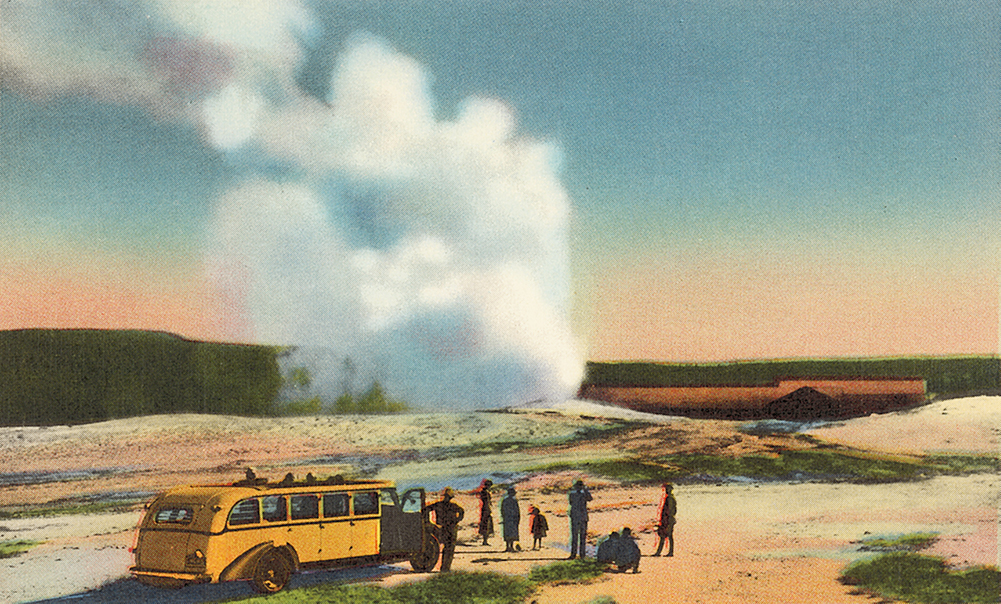
Department of Haters: Everybody loves National Parks, right? Nope. Brian Palmer, Pacific Standard
Wisconsin vs. Minnesota: Wisconsin thinks it has more lakes. Minnesota is having none of that. First problem: What’s a lake? Sabrina Imbler, Atlas Obscura
We like to remain impartial at The Statesider, but … wait, no we don’t:
It’s on our LICENSE PLATES: Land of 10,000 Lakes (Why does this make me so mad?!) – Doug Mack, Statesider editor and angry Minneapolis resident
Washington: Who pooped in the park? Is social media leading to a parkland poo-splosion? Terry Wood, Seattle Times
Utah: Wake up, sheeple. With so many amazing rock formations in canyon country, why is everyone obsessed with the Wave? Melanie Haiken, Sierra Magazine
Yosemite: Goodbye Majestic, and welcome home Ahwahnee. Yosemite’s historic names are finally back. Nancy Bouchard, Outside [Editor’s note: 1. The old names have some historical baggage that’s worth understanding; 2. Trademark trolling the National Park Service is some serious horseshit.]
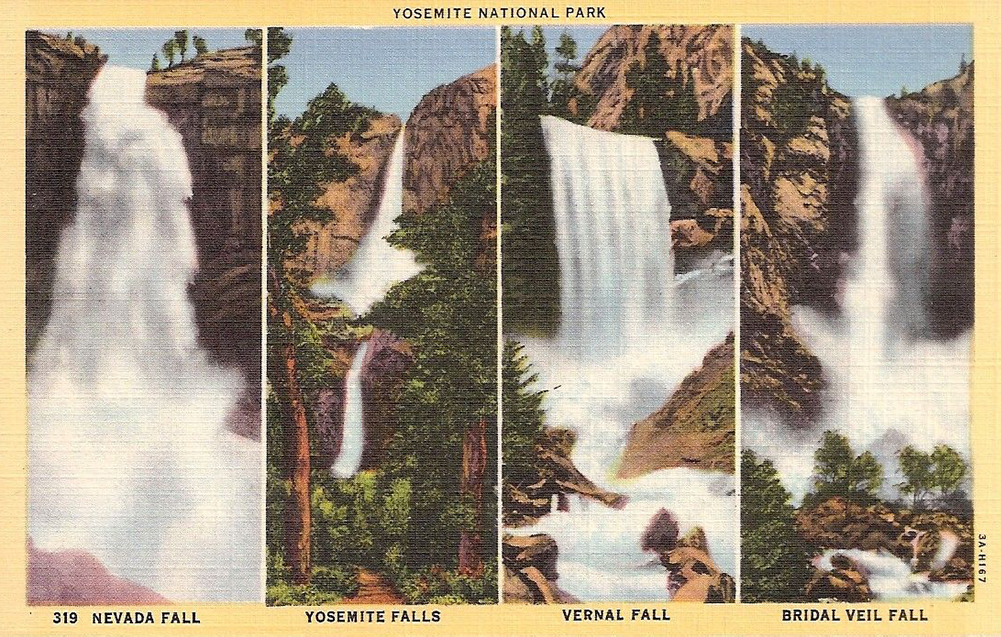
Appalachian Trail: The challenges female hikers face on the A.T. Cappy Phalen, Blue Ridge Outdoors
Black Campers: Black Americans don’t love camping or the outdoors — or so the stereotype goes. But that idea is flat wrong today and probably always has been. So why do these misconceptions persist? Latria Graham, Outside
The parks were designed to be clean and white, and if we let the data tell the story, that’s how they’ve stayed.
Grand Canyon: “Most Americans think Native Americans are gone but we’re still here,” says a Havasupai council member who grew up in the Grand Canyon. “This is the home of Native Americans and our stories need to be told.” Lauren Morales, NPR
Kauai: Record breaking rains washed out the roads and made Kauai’s north-shore near inaccessible for almost a year. With Kūhiō Highway open again, the state is considering limits on tourism and threading the needle between what’s good for business and what’s good for nature. Brittany Lyte, Civil Beat
The Craziest Scoop: Nettles. Fiddlehead ferns. Pine nuts. Ash. These outdoorsy Pacific Northwest ice cream flavors are getting wild. Jackie Varriano, Seattle Times
Access for All: Inside one outdoorsman’s quest for improved access to nature for adventurers with disabilities. Ryan MacDonald, Sierra Magazine
The Wreck Department
Maryland: This “Ghost Fleet” of more than 200 sunken warships is America’s newest National Marine Sanctuary. Brigit Katz, Smithsonian
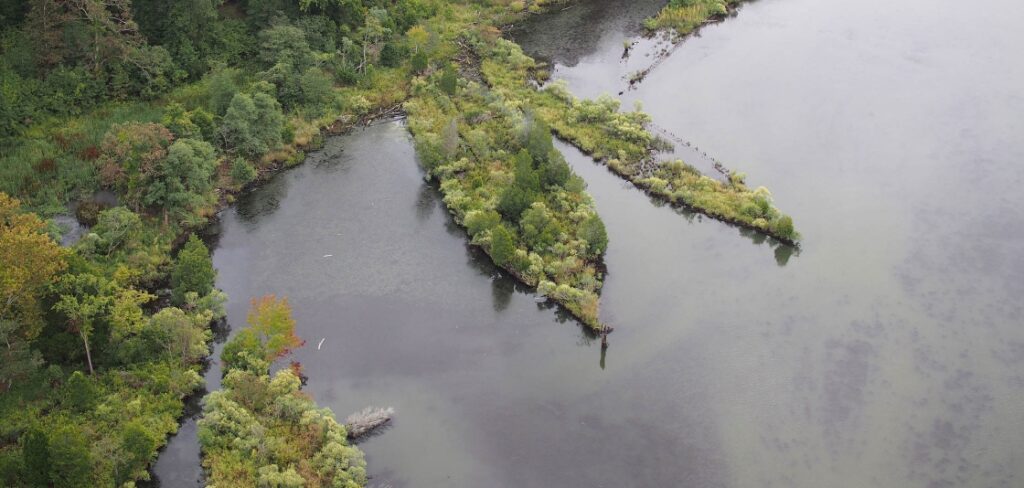
Your Local Fairgrounds: Turns out food on a stick and your favorite washed-up rock band weren’t always enough to pack the Midway. One hundred-plus years ago, Joe Connolly (a guy we need to know more about) toured the U.S. staging train wrecks as entertainment — and boy oh boy did people show up for that. Justin Franz, Atlas Obscura
Rhymes with…
Parks & Weck: Buffalo’s best roast beef sandwich requires a very specific type of roll, the kummelweck. Victoria Johnson, The Awl
Parks & Rex: “Best of all, they seemed to have died together, not washed into their grave separately. And they appeared to have been battling when they died: teeth were found in the spine and near the pelvis of the ceratopsian, and the theropod’s skull was split laterally, as if it had been kicked.” Phillip Pantuso, The Guardian
Sparks & Rec: These long-exposure photos of fireflies in the Great Smoky Mountains National Park are freaking incredible. Calvin Matthies, Knox News
Barks & Rec: Some national parks do allow dogs. Jillian Blume, This Dog’s Life

A big brown bear in a ranger’s hat says: Only you can prevent your friends from not knowing about The Statesider. Share it today with everyone you know.
What We’re Reading
Things New & Strange: A Southerner’s Journey Through the Smithsonian Collections by G. Wayne Clough. There have been 13 Secretaries of the Smithsonian, but only one — the author of this singular, joyous book — was born in the South. After retiring from the post, Clough went on a peculiar scavenger hunt, combing the Smithsonian’s vast natural history collection to see what stories actual specimens could tell about his childhood home of South Georgia. Each turn of the page reveals surprises, jumping from giant sloths to longleaf pines, personal history to regional biogeography, early Native American archaeology to Little Richard, all weaving together to tell a rich story of one small slice of America. If only every region was lucky enough to get such a loving, nuanced biography. Order Now Through Your Local Bookstore
The Hour of Land by Terry Tempest Williams. Part personal memoir, part history, Williams travels the lesser known back stories of twelve national parks. The writing is beautifully lyrical and packed with emotion and the stories she unearths as the book unfolds are genuinely enlightening. It’s an education into the politics of our parks, revealing ways in which the creation and management of these places we tend to take for granted has not always been easy or universally supported. Plus, apparently it is crazy hard to become a guide at Gettysburg National Military Park. Order Now Through Your Local Bookstore
Read more reviews of US travel books from The Statesider
Get that man a t-shirt!
Hand-printed by Dark Cycle Clothing in Florida, it’s a manatee in its natural habitat: a bicycle. (They also have other American animals on bicycles, including porcupines, Tyrannosaurus rex, and Sasquatch.)
We occasionally feature unique, American-made products we think you’ll like. Purchases from the links above help support The Statesider and a local small business that puts animals on bicycles — it’s a win-win-win.
In Other News
- New York City: The new Shirley Chisholm State Park becomes NYC’s largest state park. Andrea Leonhardt, BK Reader
- Pacific Crest Trail: Land deal protects a spectacular stretch of the West’s iconic trail near Mt. Shasta. Greg Thomas, San Francisco Chronicle
- Camp Fear: As a public service, here’s a list of books you definitely don’t want to read while camping. Kristian Wilson, Bustle
- Really Out There: The monument to the first “historically true” UFO encounter in the U.S. has been removed. Atlas Obscura
- Airstream Mania: A glamping company wants to build a 55-unit Airstream hotel in Joshua Tree. Locals have thoughts. Amy DiPierro, Palm Springs Desert Sun
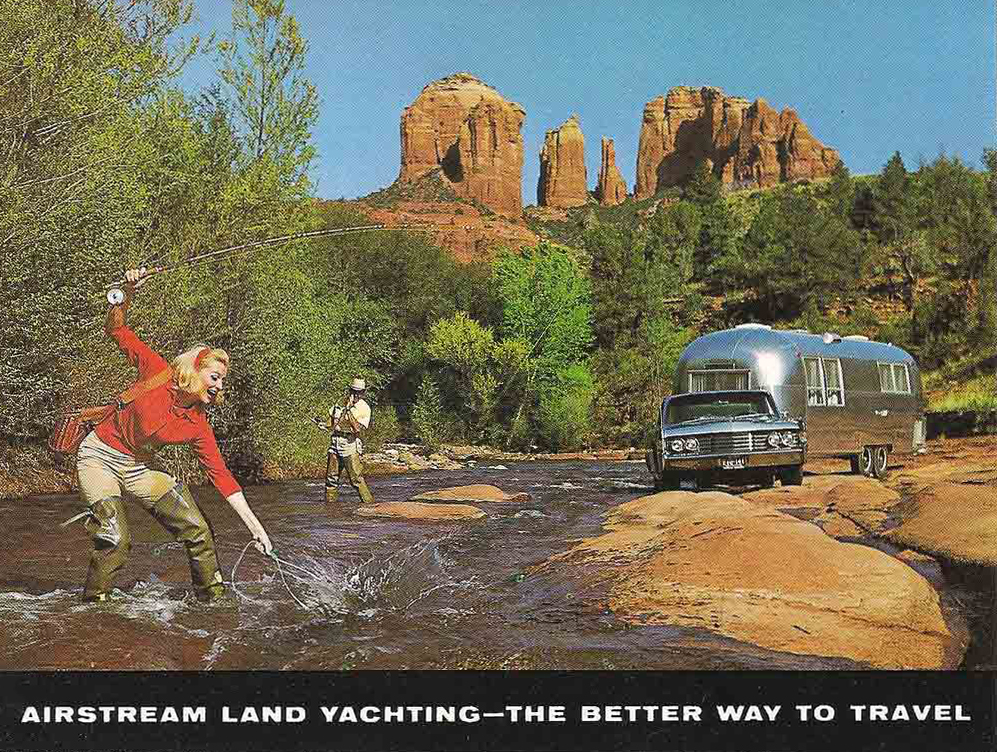
Houston, We Have a Trailer
50 years ago this week, perhaps the most famous American travelers of all time began a 21-day stay in an Airstream trailer, but it certainly wasn’t for fun. It was to prevent exposing the world to moon germs.
This is the one part of the Apollo 11 astronauts’ journey you can easily see for yourself. The Airstream — ahem, Mobile Quarantine Facility — used by the Apollo 11 astronauts is on display at the Smithsonian National Air and Space Museum. There are two others, from later Apollo missions: one lives on the USS Hornet, now a floating museum in Alameda, California, (where they keep the “nuclear wessels”); the other can be visited in the U.S. Space & Rocket Center in Huntsville, Alabama.
Need some reading material for your moon germ quarantine? We’ve got the right stuff.


